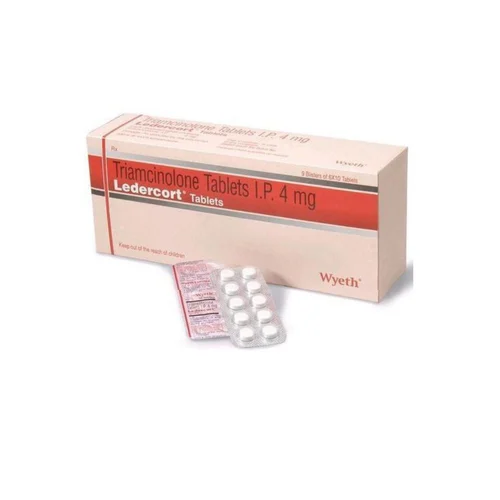Ledercort 4 mg, a corticosteroid, is commonly prescribed to manage inflammatory conditions like arthritis, asthma, and allergic reactions. Understanding its onset of action is paramount for individuals relying on its therapeutic benefits. In this article, we delve into the timelines and factors influencing how long it takes for Ledercort 4 mg to work, ensuring clarity for patients and healthcare providers alike.
Understanding Ledercort 4 mg:
Ledercort 4 mg, containing methylprednisolone, belongs to the corticosteroid class of drugs. Renowned for its anti-inflammatory and immunosuppressive properties, it is prescribed for a spectrum of conditions, including rheumatoid arthritis, lupus, and severe allergic reactions.
Factors Influencing Onset of Action:
Several variables can affect the time it takes for Ledercort 4 mg to exhibit its therapeutic effects:
1. Dosage and Administration:
The dosage regimen prescribed by healthcare providers significantly influences the onset of action. Higher doses may lead to a quicker response, while lower doses might necessitate a longer duration for noticeable improvements.
2. Route of Administration:
Ledercort 4 mg can be administered orally or via injection. Injectable forms may yield a faster onset compared to oral ingestion due to direct absorption into the bloodstream.
3. Underlying Condition:
The severity and nature of the underlying medical condition being treated play a pivotal role. Acute conditions might elicit a more immediate response compared to chronic ailments, where gradual alleviation of symptoms is expected.
4. Individual Response:
Each patient's physiology and immune response vary, influencing the drug's absorption, distribution, and subsequent action within the body. Factors such as age, overall health, and concurrent medications can modulate individual responses to Ledercort 4 mg.
5. Concurrent Medications:
The concomitant use of other medications can interact with Ledercort 4 mg, either augmenting or delaying its onset of action. Healthcare providers should consider potential drug interactions when prescribing this medication.
6. Patient Compliance:
Adherence to the prescribed dosage regimen is paramount for optimal therapeutic outcomes. Failure to adhere to dosing instructions can impede the drug's efficacy and prolong the time to achieve desired results.
Conclusion:
Understanding the timeline for Ledercort 4 mg to work is essential for patients managing inflammatory conditions. By considering various factors such as dosage, route of administration, and individual response, patients and healthcare providers can establish realistic expectations regarding treatment outcomes. Clear communication and adherence to treatment guidelines are paramount for maximizing the therapeutic benefits of Ledercort 4 mg.
